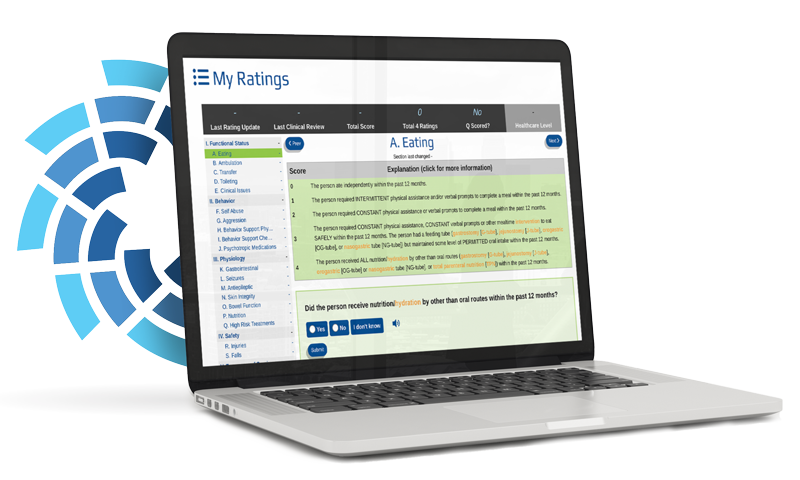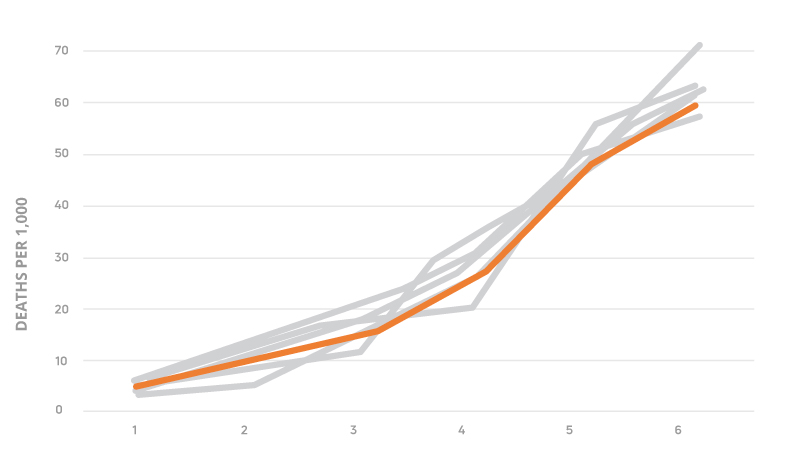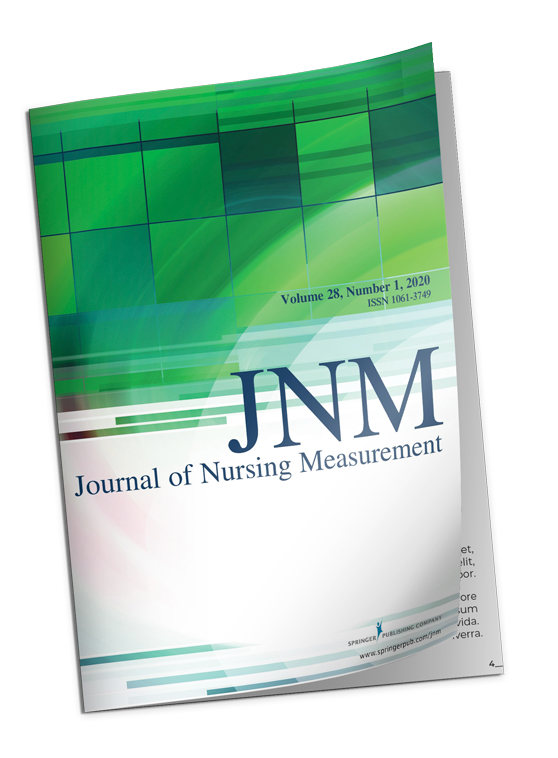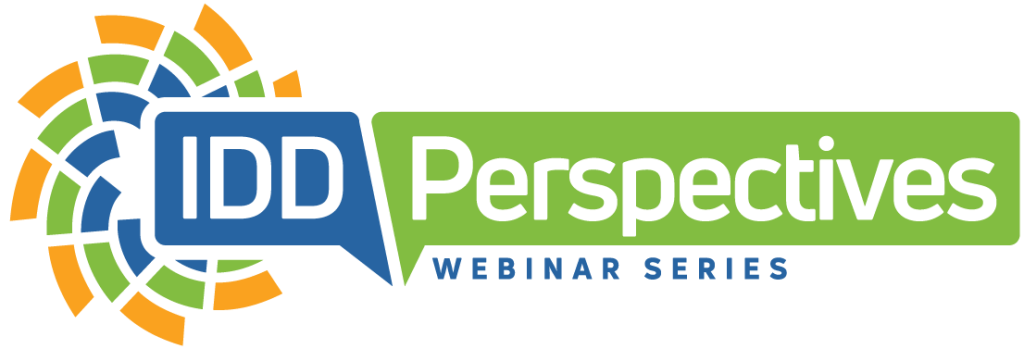Validated & Proven
Predictor of Mortality

Georgia DBHDD Annual Mortality Report
Predict Mortality Using HRST’s Health Care Levels
Georgia Department of Behavioral Health and Developmental Disabilities (DBHDD) has used the HRST since the late 1990s. Since 2013, DBHDD has published an Annual Mortality Report which focuses on mortality, mortality trends, and related information pertaining to the health and care received by people supported on GA’s two IDD waivers.
Their report states, “Overall, there is a statistically significant increase in the amount of measured health risk in the IDD population over time. Results from previous years have consistently indicated that a two-point increase in Health Care Level (HCL) is associated with a significant increase in mortality; therefore, attention should be given to a one-point increase in HCL to mitigate the increased risk of mortality associated with a two-point increase in HCL.”
This graph depicts a statistically significant increase in the crude mortality rate for each HCL, thus demonstrating the strong relationship between the HRST HCL and mortality prediction.
Journal of Nursing Measurement
The HRST can predict mortality. Therefore, it can serve as a basis for establishing healthcare needs and determining nursing care acuity."
- Journal of Nursing Measurement, Vol. 28, No. 1, April 2020
This study highlights the efficacy of the HRST in predicting mortality in a sample of 12,582 people with IDD. The researchers concluded that the "HRST's Health Care Level (HCLs) are predictive of mortality. Therefore, it can serve as a basis for establishing healthcare needs and determining nursing care acuity for people with IDD."
Download a copy of the study to learn more.
Schedule a demo to see HRST in action!
If you are an HRST User and need help, contact support using the button at the top right of your screen.







